In This Month’s Newsletter
Diamond Mind Online “Classic” All-Time Team
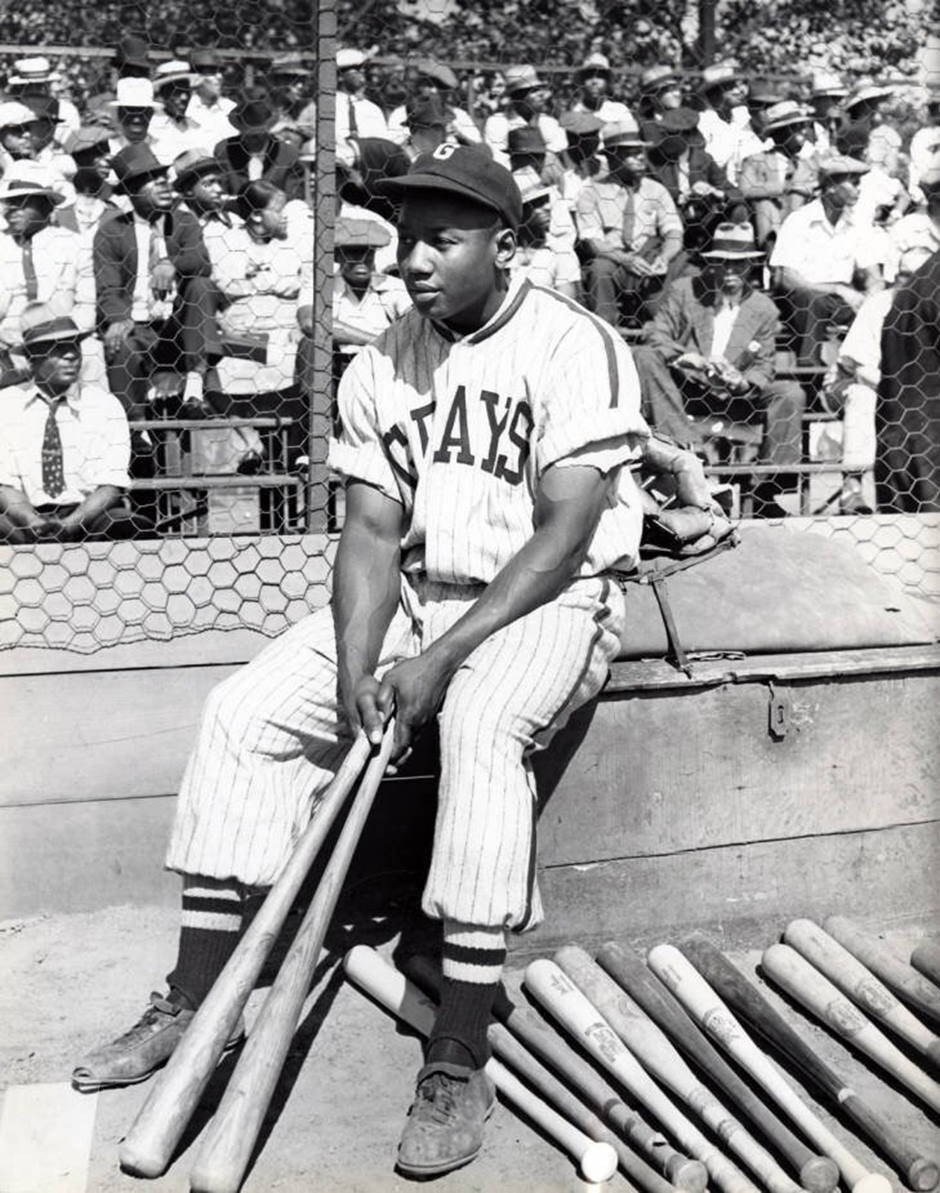 Inspired by a raft of “all time” teams posted on the message boards, in our last newsletter we put together an all-time line up of Diamond Mind single-season players, drawn from the 1922-2019 seasons and consisting of the highest-salaried player at each position.
Inspired by a raft of “all time” teams posted on the message boards, in our last newsletter we put together an all-time line up of Diamond Mind single-season players, drawn from the 1922-2019 seasons and consisting of the highest-salaried player at each position.
This month we thought we’d follow up with an all-time line up of Diamond Mind “classic” (career-rated) players, consisting of the highest salaried player at each position.
Catcher: Josh Gibson $22,799,000
The legendary catcher for the Homestead Grays was one of the greatest power hitters of all time.
(All-time SSG C: 1951 Roy Campanella $22,382,000)
First Base: Lou Gehrig $24,059,000
One of five players on the DMO SSG All-Time Team also to claim a spot on the DMO Classic All-Time Team.
(All-time SSG 1B: 1927 Lou Gehrig $38,188,000)
Second Base: Rogers Hornsby $22,926,000
The second of five “repeaters” from the SSG All-Time Team. Over the five-year period from 1921-25, Rogers Hornsby hit .402, with a high of .424 in 1924. Honorable mention: Eddie Collilns $22,365,000.
(All-time SSG 2B: 1924 Rogers Hornsby $37,592,000)
Third Base: Mike Schmidt $19,101,000
Three MVP awards, 10 Gold Gloves. Honorable mention: Eddie Mathews $18,595,000.
(All-time SSG 3B: 1980 George Brett $31,626,000)
Shortstop: Honus Wagner $22,881,000
Considered by many the greatest player of his era, Wagner led the NL in batting eight times between 1900 and 1911.
(All-time SSG SS: 1935 Arky Vaughan $24,357,000)
Left Field: Barry Bonds $26,640,000
The entire SSG All-time outfield returns.
(All-time SSG LF: 2001 Barry Bonds $36,321,000)
Center Field: Mickey Mantle $26,856,000
(All-time SSG CF: 1956 Mickey Mantle $37,518,000)
Right Field: Babe Ruth $29,481,000
(All-time SSG RF: 1927 Babe Ruth $39,590,000)
Starting Pitcher: Greg Maddux $20,583,000
His position atop the Classic list of starting pitchers has been controversial, but his career 355-227 W-L record and four consecutive Cy Young awards from 1992-95 speak for themselves.
(All-time SSG SP: 2000 Pedro Martinez $31,832,000)
All-Time Diamond Mind Records
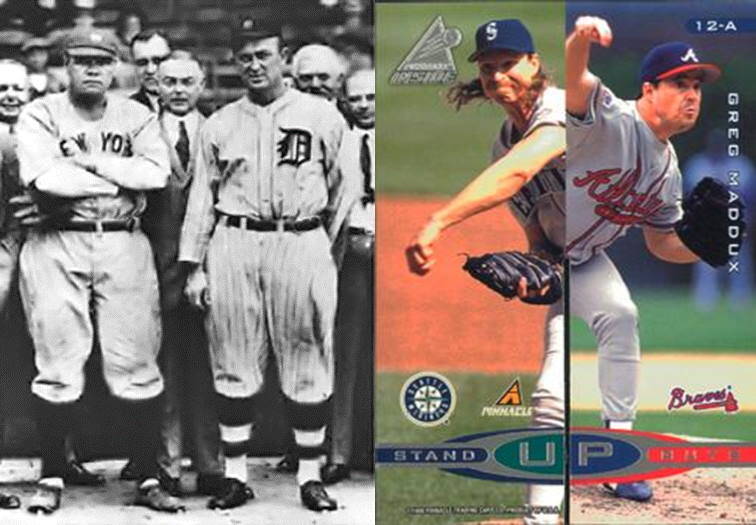
In our last newsletter, we reported that 2015 Joey Votto, playing for Jesse Goyette’s Third-Rate Reds in the 23 Year Franchise League, put together a 95-game on-base streak, shattering the MLB-record 84-game streak by Ted Williams in 1949. This month we thought we’d highlight some other DMO records.
Some DMO leagues are designed to demolish records. For example, the “whiplash” leagues required that all players play out of position and allowed just 8 minimum salary pitchers per team, producing truly monumental offensive totals.
In each category below, we have listed the current record from all SSG leagues, Classic Standard Leagues and all Classic leagues.
Most HR in a season
• SSG: 1938 Hank Greenberg – 82
• Classic Standard: Babe Ruth – 89
• All Classic: Babe Ruth – 136
Runs Batted In
• SSG: 1927 Babe Ruth – 217
• Classic Standard: Babe Ruth – 266
• All Classic: Babe Ruth – 530
Batting Average
• SSG: 1924 Rogers Hornsby – .433
• Classic Standard: Ty Cobb – .424
• All Classic: Mickey Mantle – .533
Stolen Bases
• SSG: 1983 Rickey Henderson – 126
• Classic Standard: Rickey Henderson – 128
• All Classic: Billy Hamilton – 174
Wins
• SSG: (Tie) 1927 Ted Lyons/1934 Larry French – 30
• Classic Standard: Greg Maddux – 36
• All Classic: Greg Maddux – 36
ERA
• SSG: 1964 Chris Short – 1.28
• Classic Standard: Greg Maddux – 1.08
• All Classic: Sandy Koufax – 0.65
Strikeouts
• SSG: 1965 Sandy Koufax – 439
• Classic Standard: Randy Johnson – 445
• All Classic: Randy Johnson – 518
Registration Underway for Season 46 of The Ladder Leagues Standard Association
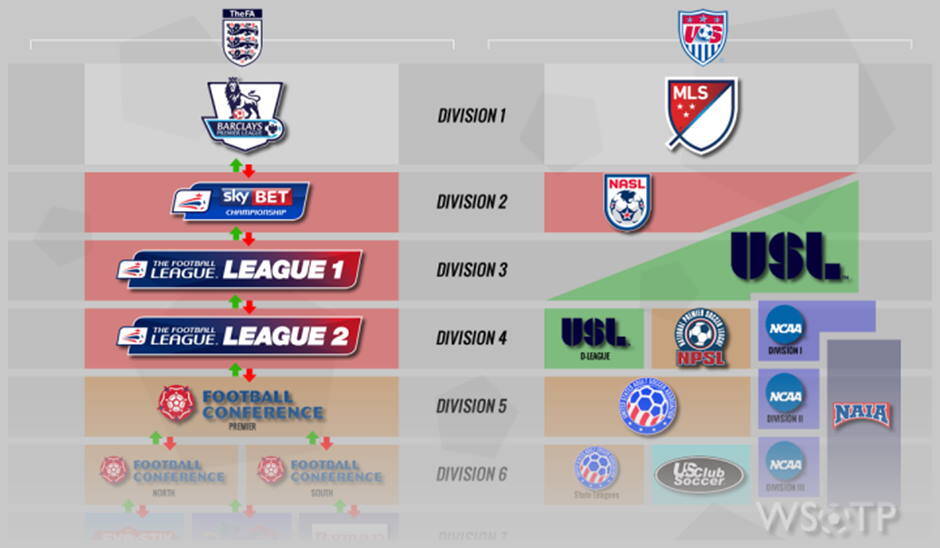
Registration is now open for the Ladder Leagues Standard Association Season 46.
For those unfamiliar with them, the Ladder Leagues operate similarly to European soccer. The Standard Association presently is comprised of six ranked leagues. At the end of each Ladder Leagues season, the top teams from each league are promoted to higher leagues and the bottom teams are relegated to lower leagues. The promotion and relegation system in the Ladder Leagues ensures competitive leagues with similarly skilled owners.
Standard Association leagues are auto draft leagues utilizing the “classic” player pool. There is a second classic player pool Ladder Leagues association – the Random 600 Association – which runs on its own schedule and consists of manual draft leagues using limited pools of 600 players.
The rules for the Standard Association are identical to classic standard leagues with DH on and DH off in alternate seasons. For Season 46, the DH is off.
You can register to play in Season 46 on the post under What’s New on your My Teams page.
Let the Sunshine In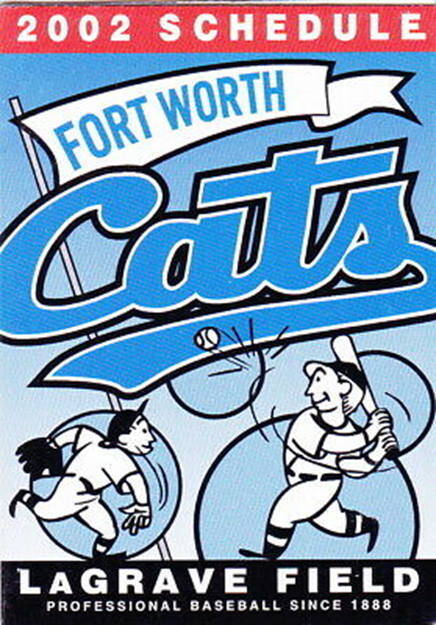
James Mudrock (jim_mud) has been playing at DMO a long time (since 2006).
Recently he had to put down his beloved old Bombay puss Sunshine. Jim has set up the Sunshine Memorial League in his honor, and will pay the entry fee for all who join, if they commit to donating at least $20 to Happy Tails pet sanctuary in Jim’s home town, Sacramento.
We’ve agreed to match those donations, and in addition we’ll give a free team credit to everyone who donates at least $50.
It’s a classic player pool league, where each team will pick four players who played for the Fort Worth Cats, with the rest of their team drawn from the teammates of their picks. If you’re interested in playing, you can find more information here.
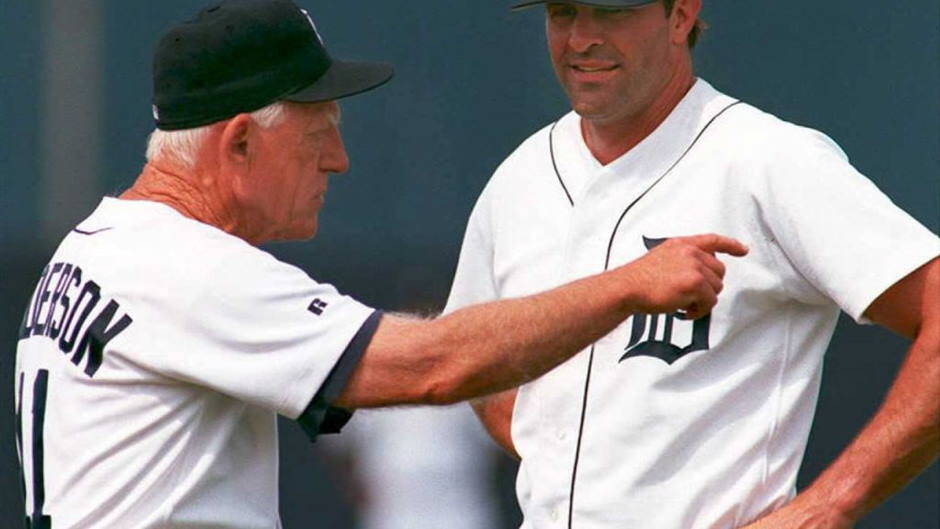 The Tipping Point
The Tipping Point
Each month we’ll offer a few tips in this space that may come in handy for the beginner as well as the experienced team owner.
Last month we offered some suggestions to new owners starting out on how to select players from the Classic player pool. We thought we’d continue here with some team-building and management tips for newcomers to the site.
Your Park
The large pool of players available (Classic or SSG) enables you to tailor your roster to your home park as no real-life GM can. One fundamental question in tailoring your roster to your park is whether to build to the strength or weakness of the park: for example, if you have a large park that favors pitchers, do you build a pitching-oriented team, or go with a park-assisted budget staff and load up on line drive offense?
Our recommendation is: do what a real-life team would do. Whatever the characteristics of your park, construct your roster to take advantage of those characteristics: power hitters in a band box, right-handed starting pitchers in a park that kills left hitting, etc.
But a word of caution: there is no special connection between particular players and particular parks. If you’re looking at players’ “sim stats” (how they performed on DMO teams) in specific parks, and a player has done particularly well, or particularly poorly, in your park, compared to how they have done in parks with similar park factors, you can, and should, ignore those results, which are the product of some combination of bias in the particular circumstances in which they were used and small sample size.
The Law of Diminishing Returns
Experience teaches that you can have too much of a good thing (a principle we touched on last month). Let’s say you’ve decided to build a powerhouse offensive team. You want to spend a maximum amount on hitting, so you put together a minimum salary pitching staff: all $500,000 pitchers.
Could this team succeed? If well selected, and placed in the right setting, it might. But could it be better? The answer to that question is without doubt, regardless of the players chosen: yes, that team definitely could be better, because the gain that spending a few million dollars more on pitching would achieve would more than offset the loss that would result from deducting that amount from your offense.
Sabremetricians have developed the concept of the “replacement level” player. Replacement level essentially is the level of performance at which players are fungible: you can readily replace one with another for little or no cost.
The market for player talent in the major leagues is not perfectly efficient: some teams will have reserves (or even regulars) who are below “replacement level” at particular positions. Should a starting player get injured, they may not be able to obtain through trade or promotion a replacement level substitute immediately. But the DMO market for player talent is perfectly efficient: you can dip into the extensive player pool and sign free agents instantaneously.
You can win 50 or 60 games with, in effect, a replacement level team. There are low payroll “major league” teams each season that have. But by spending twice as much, you don’t necessarily get twice the performance and win twice as many games.
The better the hitter, or pitcher, the more each additional increment of performance costs. That is why superstars get paid so much more than journeymen. A $20 million player doesn’t provide 40 times the production of a “replacement level” $500,000 player, but a team of replacement level players won’t win you a championship.
Patience
Every year some players get off to terrible starts to the season. They will for you too. You have much more flexibility that the typical major league team to do something about it: you can “cut” underperforming players and get back a portion of their salaries, which you can then use to sign a replacement from the vast pool of free agents just ready and waiting for your call.
But, don’t do it. Have patience. Churning one’s roster, chopping and changing underperforming players, is known in some sim baseball circles as the “death spiral”. With a classic player pool team, where it costs you 25% of the salary of a player when you release him, the more often you do it, the lower the overall value of your roster, and the more difficult it will be over the long run for your team to compete against others in your league.
A related and important strategy is having a plan to upgrade your team at minimal cost. In standard (and most custom) leagues, you’ll receive substantial income over the course of the season. Structure your roster so that you have a number of spots manned by less expensive players or pitchers who can be upgraded later in the season at minimal cost.
One final thought. If you’re in doubt about a personnel move, line up decision or similar, ask yourself the question: what would a real team do? DMO has been designed to be the most accurate simulation of actual baseball achievable. You don’t need to “game the game” to succeed. If what you’re contemplating makes good baseball sense, it should work for you; if not, don’t be surprised if it doesn’t.

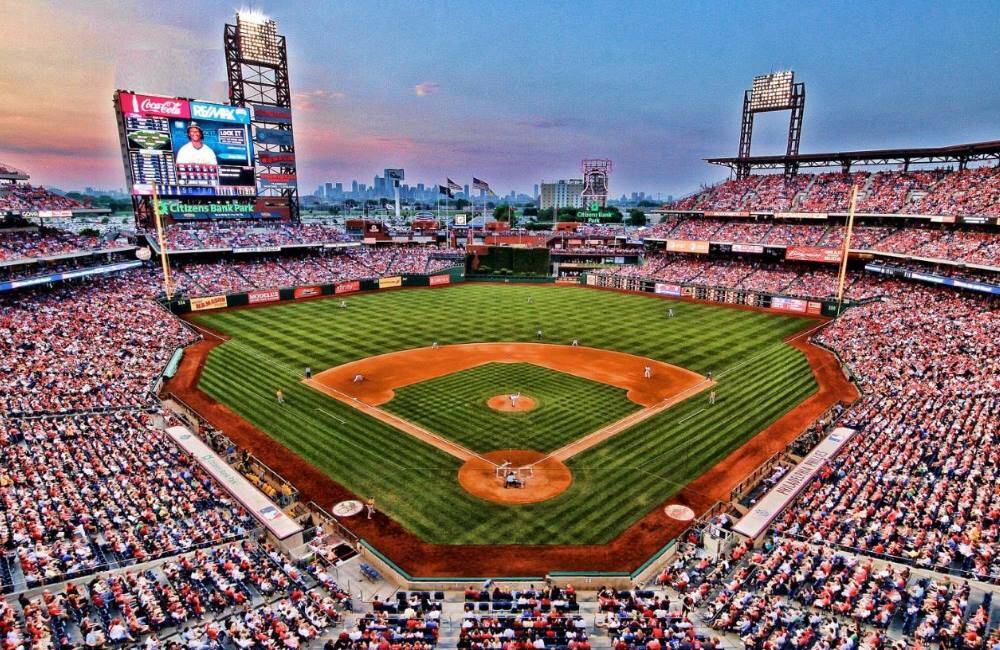
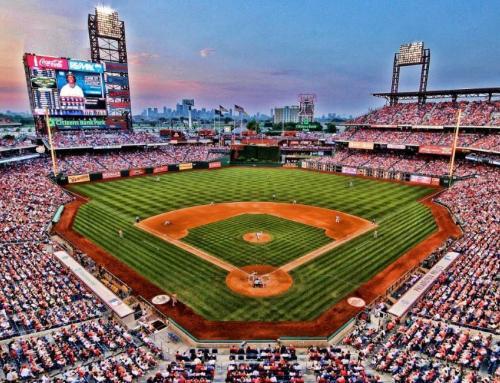
Leave A Comment